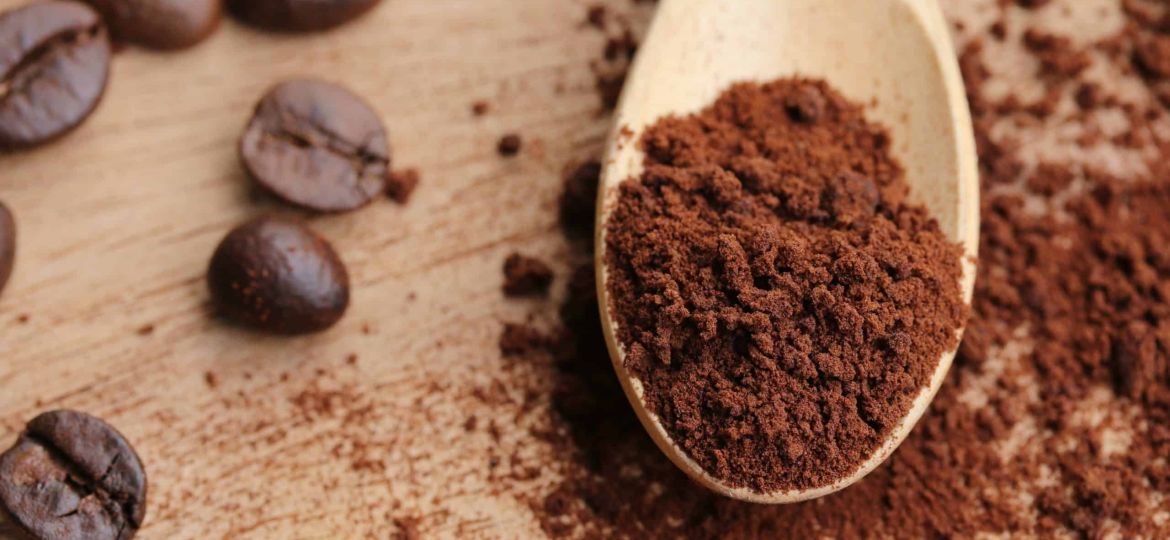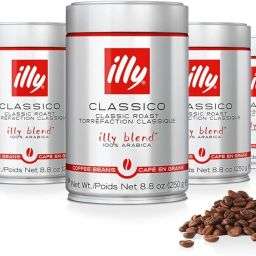
Espresso blend coffee beans are specially selected and roasted to create the intense, rich flavor profile that defines a classic espresso shot. Unlike single-origin coffees, which come from a specific location, espresso blends combine beans from various regions to balance flavors, acidity, and body.
The blend aims to deliver a complex, harmonious cup, emphasizing the bold, robust character espresso is known for. The importance of the blend in espresso making cannot be overstated; it ensures consistency and the optimal extraction of flavors under the high pressure of espresso machines.
History and Evolution of Espresso Blends
The history of espresso coffee begins in early 20th-century Italy, where the method of brewing coffee under pressure was invented, giving birth to the espresso. Over time, espresso blends have evolved significantly. Initially, blends were designed to maximize the crema and body of the espresso, often incorporating a higher percentage of Robusta beans for their crema-enhancing properties.
Today, the specialty coffee movement has shifted preferences towards high-quality Arabica beans, focusing on flavor complexity and sustainability. This evolution reflects broader trends in coffee consumption and a growing appreciation for the nuances of coffee flavor.
Choosing the Right Beans
The debate between Arabica and Robusta beans for espresso is centered on achieving a balanced shot. Arabica beans are praised for their sweet, complex flavors, while Robusta beans add body and crema. A blend of both is traditionally used to produce espresso with balanced sweetness, body, and acidity.
However, preferences have evolved, with many purists now favoring 100% Arabica blends for their superior flavor profile and consistency, especially in specialty coffee circles.
The Role of Roast in Espresso Flavor
The roast level significantly impacts the espresso’s flavor, with dark roasts traditionally favored for their lower acidity and fuller body. Dark roasts are believed to encapsulate the essence of espresso, offering a strong, bold taste.
However, there is a growing interest in medium and even light roasts, which can introduce brighter notes and a more complex flavor profile. The choice of roast level is a matter of personal preference and experimentation, with each offering a distinct take on espresso.
Grinding for Espresso: Whole vs. Pre-Ground Beans
Grinding plays a critical role in espresso quality. Whole beans are preferred over pre-ground coffee to preserve freshness and flavor. The process of grinding beans immediately before brewing ensures the coffee’s aromatic oils and flavors are intact, leading to a more flavorful and nuanced espresso.
Pre-ground coffee, while convenient, cannot maintain its peak quality for long, often resulting in a stale taste. The precision of grind size, crucial for proper extraction in espresso making, further justifies the use of whole beans.
Key Factors in Blending
Crafting an espresso blend is a meticulous process that combines the art of flavor balance with the science of coffee chemistry. The goal is to select beans that, when combined, enhance each other to produce a cup that is complex, balanced, and satisfying. The choice of beans affects the espresso’s flavor, acidity, and body.
A well-crafted blend might mix the chocolatey notes of a Brazilian Arabica with the fruity acidity of an Ethiopian bean to create a rich, nuanced flavor profile. Additionally, incorporating a small percentage of Robusta can enhance the crema and add a pleasant bitterness, contributing to the espresso’s body. This delicate balance requires knowledge of how each bean’s origin, variety, and processing method impacts the final cup.
Roasting for Espresso
Roasting for espresso requires a precise approach to develop the beans’ flavors fully without overshadowing the blend’s subtle notes. The roasting process significantly influences the espresso’s taste and crema. Dark roasts are common, providing a bold, intense flavor and a heavy body, which many associate with the classic espresso profile.
However, lighter roasts are gaining popularity for their ability to showcase the beans’ inherent flavors, offering a more acidic and fruity profile. The roaster must carefully manage the roast to achieve the desired flavor profile, considering the beans’ origin and the blend’s intended characteristics.
The development of the roast, from the initial drying stage to the final development phase, is meticulously controlled to ensure the espresso blend achieves its optimal flavor.
Espresso Blends from Around the World
Espresso blends vary widely around the world, each reflecting the unique coffee culture and preferences of its region. In Italy, the birthplace of espresso, blends often feature a robust base of dark-roasted beans, emphasizing strength and body. Scandinavian countries, known for their light roast preference, offer espresso blends with higher acidity and pronounced floral and fruity notes.
American espresso blends tend to be versatile, designed to taste great as both straight espresso and in milk-based drinks, often with a medium roast to balance sweetness and acidity. Each country’s approach to blending and roasting beans contributes to the global tapestry of espresso flavors, from the earthy, spicy blends of Indonesia to the bright, citrusy profiles of Central American beans. These regional blends showcase the diversity of coffee flavors and the global love for espresso.
How to Choose and Brew with Espresso Blend Coffee Beans
Selecting the right espresso blend coffee beans and employing proper brewing techniques are crucial steps in achieving a perfect espresso shot. When choosing espresso blends, consider the roast profile, origin of the beans, and the flavor notes you prefer. A blend that combines beans from different regions can offer a balanced and complex flavor profile, suitable for espresso’s concentrated form. Look for freshly roasted beans, as freshness significantly impacts the espresso’s aroma and flavor.
For brewing, investing in a good quality espresso machine and grinder is essential. Grind size should be fine but not too powdery, aiming for a texture similar to table salt. This ensures optimal extraction, balancing bitterness and acidity. Preheat your espresso machine and portafilter to maintain a consistent brewing temperature.
When tamping the ground coffee, apply even pressure to ensure a uniform extraction. The brewing time, or shot pull time, should be between 25 to 30 seconds for a standard espresso shot. Experiment with different brewing parameters, including grind size, tamping pressure, and extraction time, to find the perfect balance for your chosen blend.
FAQs
Can I use regular coffee beans for espresso?
Yes, any coffee bean can be used to make espresso. However, espresso blends are specifically designed to deliver the depth and complexity expected in an espresso shot.
Does the type of roast matter for espresso?
While dark roasts are traditionally favored for their bold flavor and creamy body, medium and light roasts can also be used for a more nuanced flavor profile, highlighting the beans’ inherent characteristics.
How important is the grind size for espresso?
Grind size is critical for espresso. Too fine, and the water will not pass through properly, resulting in over-extraction. Too coarse, and the water will pass through too quickly, leading to under-extraction.
Conclusion
The world of espresso blend coffee beans is rich and diverse, offering endless possibilities for exploration and experimentation. From selecting the right blend to mastering the brewing process, each step offers an opportunity to influence the final cup’s flavor and quality.
Whether you prefer the boldness of a dark roast or the subtlety of a light roast, the key is to start with high-quality beans and adjust brewing variables to suit your taste. Embrace the journey of discovering your perfect espresso blend, and enjoy the rewarding experience of crafting your ideal shot.









